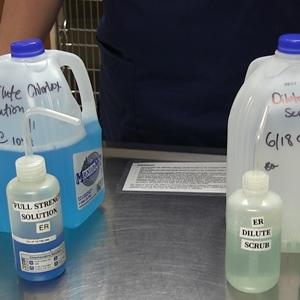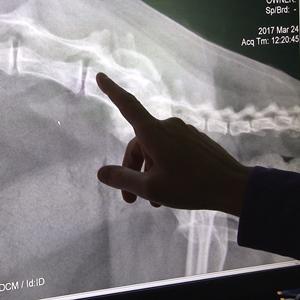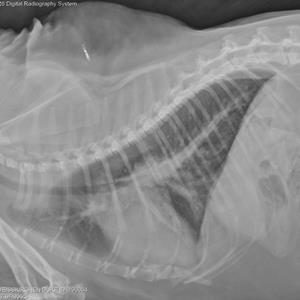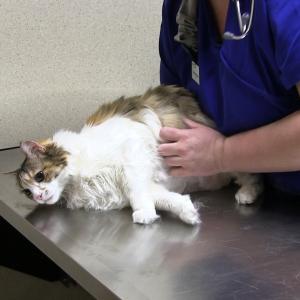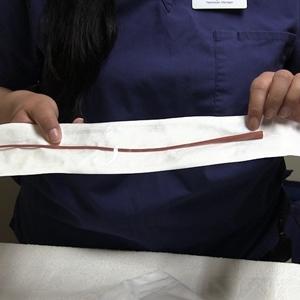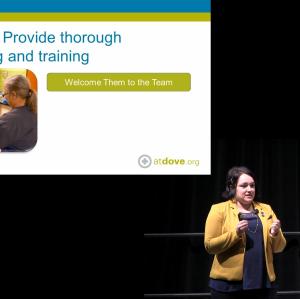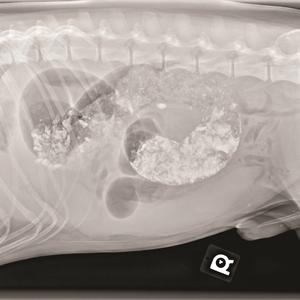Find Your Training Content
Preparing Chlorhexidine Dilutions
Chlorhexidine is a great disinfectant, but needs to be used with care and at the correct dilution. Senior Technician Supervisor Sarah Harris, CVT, VTS(ECC) reviews how to make safe chlorhexidine dilutions, and the difference between a scrub and…
Radiograph Diagnosis of Cauda Equina Syndrome
A feline patient presented for straining to urinate and constipation. Radiographs determined Cauda Equina Syndrome. What’s next?Determining the Fate of Feline Aortic Thromboembolism
Feline aortic thromboembolism affects approximately 25-30 percent of cats with heart disease. Thrombus formation occurs secondary to stagnation of blood in a dilated left atrium (blood stasis), the…Considerations for Scruffing Feline Patients
Scruffing used to be one of the most common ways to restraint feline patients. But that doesn’t mean it’s the best method! Learn from Staff Veterinarian Christy Michael, BVMS, about alternative methods for restraining, recognizing fearful behaviors,…
Red Rubber vs. Foley Catheters: Pros and Cons
When it comes to catheters, it can be helpful to know the pros and cons of each. Learn from Technician Manager Carolyn Tran, CVT, about a few of the differences between Red Rubber and Foley Catheters.Recruiting in a World of Rising Minimum Wages
Recruiting for any position is not usually a favorite task among managers – especially in the veterinary field when you may be stuck trying to fill a shift as quickly as possible – even filling it yourself on some days. Learn from Cheryl Latta,…
Employee Retention: Five Lessons from Exit Interviews
Exit interviews are a common practice when an employee vacates their job. Often this information is just placed in their employee file and forgotten about, even when we have the best intentions. But what if we really used this information to its…


